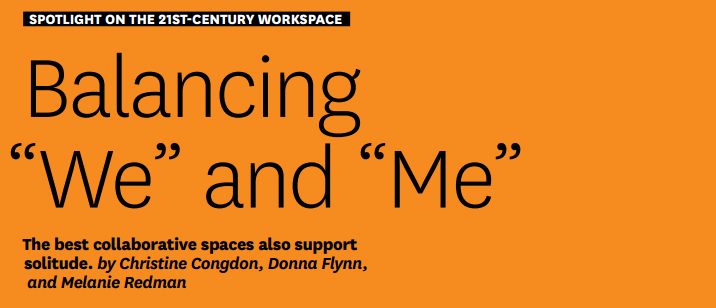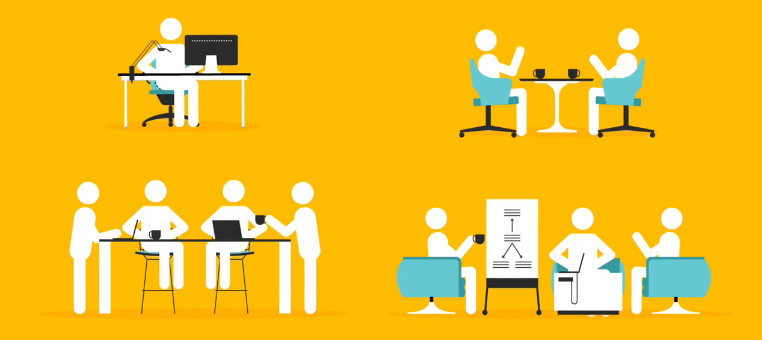A more thorough article with great examples of specific space types – particularly the office commons as the new social hub of the workplace. Our experience is consistent with the overall trend toward reducing square footage assigned to individual work-spaces and reallocating that square footage to these commons and other shared spaces. However, beware the statistic on “average square footage per person” as there are many variations on how that is calculated, and the writer doesn’t elaborate. Neither does this related press release from the source CoreNet data.
Some of these other statistics and calculation methods are described in:
“Space and Project Management Benchmarks: IFMA Research Report #34”, 2010, International Facility Management Association
“Workspace Utilization and Allocation Benchmark”, July 2011, with data updated July 2012; U. S. General Services Administration, Office of Real Property Management, Performance Measurement Division.
“A Unified Approach for Measuring Office Space: Fore Use in Facility and Property Management”, 2007 Building Owners and Managers Association (BOMA) International and International Facility Management Association (IFMA)



